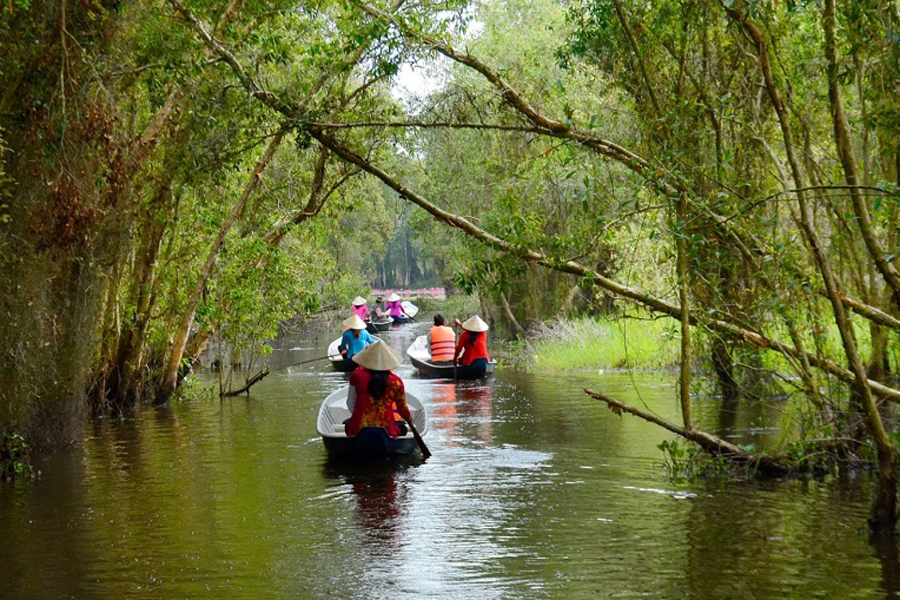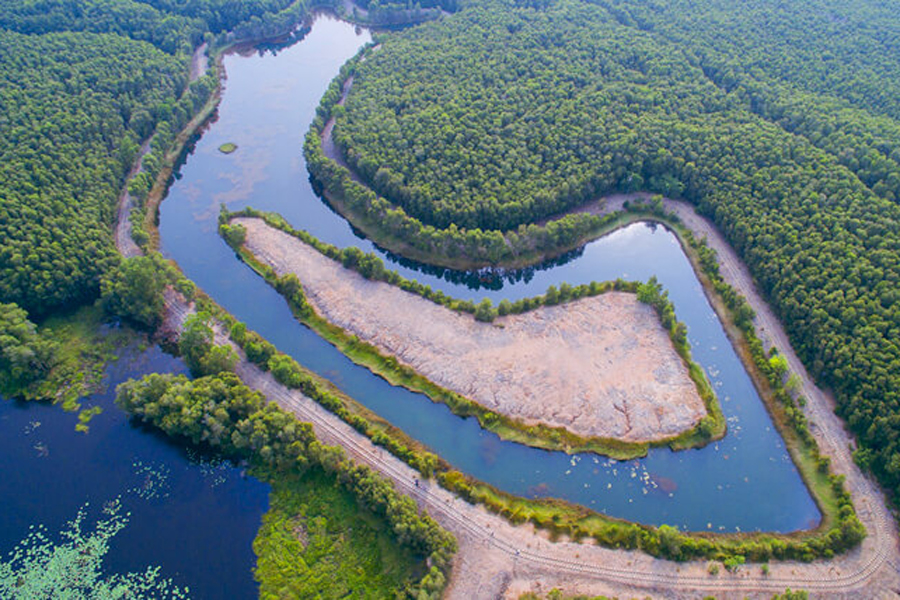Long An

Nestled in the verdant embrace of southern Vietnam, Long An province stands as a living testament to the nation's rich historical tapestry and its aspirations for the future. Stretching across a mosaic of landscapes, from fertile plains to meandering waterways, Long An beckons travelers to explore its diverse cultural heritage and vibrant communities.

The history of Long An province in Vietnam is deeply intertwined with the broader historical narrative of the nation. Dating back centuries, this region has witnessed the ebb and flow of dynasties, the struggles for independence, and the cultural evolution that has shaped Vietnam into the nation it is today.

Long An's historical roots can be traced to the periods of Chinese domination during the first millennium. It was part of the Giao Chau administrative division and later the Dang Trong region under the rule of the Nguyen Lords. Over time, Long An became a strategic location, marked by its fertile lands and proximity to important waterways.
During the 17th and 18th centuries, Long An played a role in the development of the Mekong Delta. The region became a significant center for rice cultivation, with the Mekong River and its tributaries serving as vital transportation routes for trade. This period saw the establishment of numerous canals and irrigation systems that transformed the landscape into a flourishing agricultural hub.

The 19th century brought significant changes as Vietnam came under French colonial rule. Long An, like many other regions, experienced the impact of foreign influence on its socio-economic and political structures. The French introduced modern infrastructure and administrative systems, but their presence also fueled anti-colonial sentiments, contributing to the nationalist movements that would eventually lead to Vietnam's quest for independence.
The mid-20th century marked a tumultuous period for Long An as it became a battleground during the Vietnam War. The province bore witness to the struggles between North and South Vietnam, with numerous battles and military engagements leaving scars on the land. The Cu Chi Tunnels, a complex network of underground passages used by the Viet Cong, stand as a poignant reminder of this era and attract visitors seeking to understand the wartime history of the region.
Post-war, Long An, like the rest of Vietnam, underwent a process of reconstruction and recovery. The province has since emerged as an integral part of the country's economic development, with agriculture remaining a key sector alongside the growth of industry and trade.
In the contemporary era, Long An continues to evolve, embracing both its historical legacy and the prospects of the future. The province stands as a testament to Vietnam's resilience, showcasing a harmonious blend of tradition and progress that characterizes its rich and complex history.
You may also like: Everything You Need to Know about Transportation in Vietnam
Long An, located in the Mekong Delta region of Vietnam, typically experiences a tropical climate with two distinct seasons: the wet season and the dry season.

It's important to note that the Mekong Delta, including Long An, is characterized by a network of rivers and canals, and the weather can sometimes be influenced by tropical storms and typhoons, especially during the wet season.
Nearest Airport: Tan Son Nhat International Airport in Ho Chi Minh City is the nearest major airport to Long An.
From Tan Son Nhat International Airport, you can hire a taxi, use a ride-sharing service, or take a bus to reach Long An. The province is situated to the west of Ho Chi Minh City.
Bus: Long An is accessible by bus from various parts of Vietnam. Long-distance buses are available from major cities like Ho Chi Minh City. You can check with local bus stations or travel agencies for schedules and routes.
Car: If you prefer a more private and flexible mode of transportation, you can hire a car or use a ride-sharing service. The road network connecting Ho Chi Minh City to Long An is generally well-maintained.
Long An is part of the Mekong Delta, and river transport is a common mode of travel in this region. However, this is more applicable if you are already in the Mekong Delta area. There are boat services that operate on the rivers and canals.
Within Long An, you can use local transportation options such as taxis, motorbike taxis (xe om), and cyclos to move around the province.
You may also like: The top 5 winter travel destinations must-go when come to Vietnam